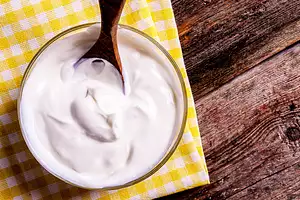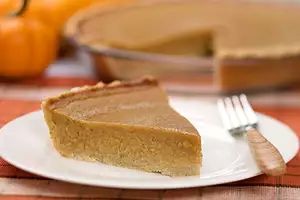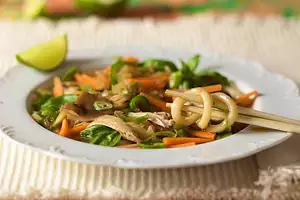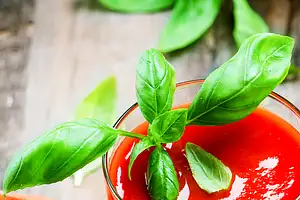Sweet potatoes have long been a staple at many Thanksgiving celebrations. They are often used as the base of sticky, sweet casseroles with marshmallows, pineapple, brown sugar, or nuts. Sweet potatoes are packed full of vital nutrients and were meant to be so much more than a delicious, candied treat!
Keep reading to find out why and how you should add more sweet potatoes to your diet.
History of Sweet Potatoes
Sweet potatoes were a staple of the Native American diet. They were cultivating this versatile tuber before Columbus set foot on American shores. When the pilgrims came to America, they embraced the sweet potato, making it an essential part of their diet and forever associating it with the classic Thanksgiving meal.
Find the Freshest Sweet Potatoes
Fresh sweet potatoes are in season from October to January. However, you can find sweet potatoes frozen or canned throughout the year.
When shopping for sweet potatoes, look for skins that are free from blemishes or soft spots. The skin should also be tight and unwrinkled. The flesh should feel firm, almost hard, to the touch. There should not be any black or green areas on the sweet potato.
Sweet potatoes come in a variety of colors. White, brown, purple, and red sweet potatoes are available in many grocery stores.
Fresh sweet potatoes should be kept in a cool, dark place for up to one month. Sweet potatoes that have been cooked will last in the refrigerator for up to five days. Frozen sweet potatoes can be used for up to one year.
Benefits of Sweet Potatoes
Full of Fiber. One medium-sized sweet potato with its skin contains 4 grams of fiber. This fiber regulates bowel function and lowers cholesterol. Fiber also keeps you feeling full throughout the day to help you maintain a healthy body weight.
Vitamins and minerals. Sweet potatoes are packed with the vitamins and minerals that your body needs to function, such as: Beta Carotene, Vitamin A, Vitamin C, and Manganese.
Sweet Potato Leaves. The leaves of sweet potatoes are edible and full of nutrients and fiber as well.
Low in Calories. One medium-sized sweet potato only has 100 calories! This makes it a perfect diet staple for anyone looking to achieve or maintain a healthy weight.
Great for Diabetics. Eating a sweet potato with its skin can lower your glycemic index. Your body burns the energy from this complex carbohydrate slowly, allowing you to avoid problems with your blood glucose levels. The manganese in sweet potatoes also regulates blood sugar levels.
Antioxidants. Sweet potatoes are packed with antioxidants to help your cells heal and fight of disease.
Yams vs. Sweet Potatoes
Despite the misleading supermarket signs, sweet potatoes and true yams are two very different root vegetables. A true yam must be grown in areas that stay above 68 degrees year-round, such as the Caribbean. They have very thick, rough skin, white flesh and a very high sugar content. Sweet potatoes can grow under less rigid conditions and feature many different colors of flesh.
Recipes :
Appetizers:
Side Dishes:
Crockpot Mashed Sweet Potatoes
Maple Syrup Roasted Sweet Potatoes
Garlicky, Sweet and Salty Sweet Potatoes
Main Dishes:
Spinach, Ricotta and Sweet Potato Tart
Sweet Potato, Cheese and Onion Casserole
Desserts:










Comments